 Operation and Maintenance
Operation and Maintenance CentOS
CentOS Solve the problem that CentOS7 does not have a graphical interface and install the graphical interface
Solve the problem that CentOS7 does not have a graphical interface and install the graphical interfaceThe following tutorial column of centos will introduce to you how to solve the problem that CentOS7 does not have a graphical interface and how to install a graphical interface. I hope it will be helpful to friends in need!

When we install CentOS7, if we choose "minimize" installation then The system only has a command line interface, but no graphical interface, as shown below: 
The complete steps to solve the problem are as follows:
1) Start CentOS7 and log in as the root user (you must log in as the root user, Other ordinary users do not have enough permissions), where localhost login is root and Password is the password of the root user.
2) Configure the network card to ensure connectivity with the external network (if there is no connectivity, subsequent operations will not be possible):
Enter the command cd /etc/sysconfig/network- in the command line interface scripts/ Enter the network-scripts directory, and then enter ls to see which directories are in the network-scripts directory. At this time, we will see a file named ifcfg-ens33, as shown below: 
Then enter the command vi ifcfg-ens33 to open the network configuration file, press the i key to enter the editing input mode, and add the following content at the end of the file: 
Then press the [ESC] key to exit the edit mode, and then enter the command :wq to save and exit the network configuration file, and then be sure to reload the network configuration file, because only The configuration we just made will take effect after reloading. The command entered to reload the network configuration file is service network restart, as shown below:

At this time After the configuration is completed, check whether you can access the external network. Enter the command ping -c 3 www.baidu.com, as shown below:

Successfully pinged, proving that the first The second step of configuration was successful.
3) Install the graphical interface GNOME package:
First enter yum to check whether yum can be used normally, as shown below:

Then enter the command yum grouplist to list the graphical interfaces supported by this system. Many graphical interfaces are supported. We choose the default graphical interface (GNOME Desktop), as shown below: 
Then enter the command yum groupinstall "GNOME Desktop" "Graphical Administration Tools" Obtain and install the CentOS default graphical interface GNOME package, (the case cannot be changed, Linux is strictly distinguished uppercase and lowercase).
During the installation process, there will be a prompt similar to "... is ok? (y/b/n)", just select y and press Enter. Then wait for the automatic installation (when I installed it myself, it took about ten minutes due to poor network speed) until it prompts "Completed!", indicating that the GNOME package has been installed, as shown below:

4) Modify CentOS7 default startup mode to graphical mode:
Enter the command systemctl get-default to view the current default mode as multi-user.target, That is, the command line mode, we need to modify it to the graphical interface mode, as shown below: 
At this time, enter the command systemctl get-default again to view the current modified default The mode is graphical.target, which is the graphical interface mode, as shown below:

5) Restart CentOS and check the GUI interface effect:
Enter the command reboot to restart the CentOS system. After the restart, it will switch to the GUI graphical interface mode, as shown below: 
Log in to the system and you will see the CentOS desktop, as shown below: 
All the above operations from the command line to the graphical interface are completed.
The above is the detailed content of Solve the problem that CentOS7 does not have a graphical interface and install the graphical interface. For more information, please follow other related articles on the PHP Chinese website!
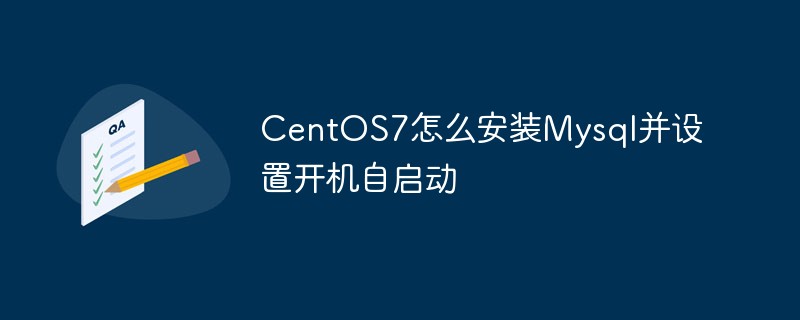 CentOS7怎么安装Mysql并设置开机自启动Jun 02, 2023 pm 08:36 PM
CentOS7怎么安装Mysql并设置开机自启动Jun 02, 2023 pm 08:36 PMcentos7不带mysql数据库了,默认的数据库是mariadb(mysql的一个分支)。可以按照以下步骤手动安装mysql数据库。1.下载rpm安装文件wgethttp://repo.mysql.com/mysql-community-release-el7.rpm2.执行rpm安装rpm-ivhmysql-community-release-el7.rpm依赖解析完成后,出现下列选项:dependenciesresolved=================================
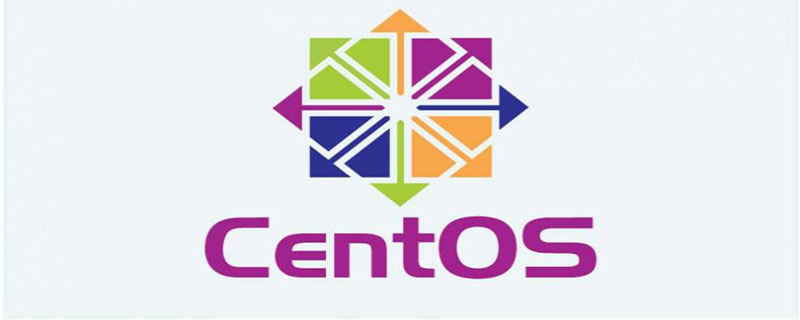 centos7怎么查看php安装目录?三种方法分享Mar 22, 2023 am 10:38 AM
centos7怎么查看php安装目录?三种方法分享Mar 22, 2023 am 10:38 AM如果你正在使用 CentOS 7 操作系统,需要查看 PHP 安装目录以便定位配置文件、扩展等相关信息,那么就需要了解一些相关命令和技巧。下面,我们将为您介绍一些方法来查看 CentOS 7 上的 PHP 安装目录。
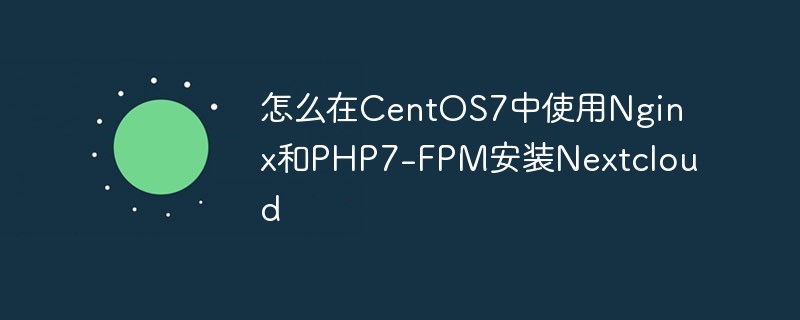 怎么在CentOS7中使用Nginx和PHP7-FPM安装NextcloudMay 24, 2023 pm 08:13 PM
怎么在CentOS7中使用Nginx和PHP7-FPM安装NextcloudMay 24, 2023 pm 08:13 PM先决条件64位的centos7服务器的root权限步骤1-在centos7中安装nginx和php7-fpm在开始安装nginx和php7-fpm之前,我们还学要先添加epel包的仓库源。使用如下命令:yum-yinstallepel-release现在开始从epel仓库来安装nginx:yum-yinstallnginx然后我们还需要为php7-fpm添加另外一个仓库。互联网中有很个远程仓库提供了php7系列包,我在这里使用的是webtatic。添加php7-fpmwebtatic仓库:rpm
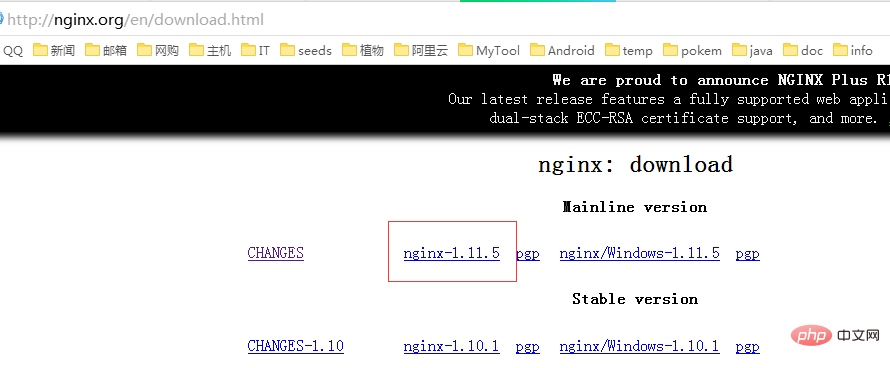 CentOS7如何安装Nginx并配置自动启动May 14, 2023 pm 03:01 PM
CentOS7如何安装Nginx并配置自动启动May 14, 2023 pm 03:01 PM1、官网下载安装包选择适合linux的版本,这里选择最新的版本,下载到本地后上传到服务器或者centos下直接wget命令下载。切换到/usr/local目录,下载软件包#cd/usr/local#wgethttp://nginx.org/download/nginx-1.11.5.tar.gz2、安装nginx先执行以下命令,安装nginx依赖库,如果缺少依赖库,可能会安装失败,具体可以参考文章后面的错误提示信息。#yuminstallgcc-c++#yuminstallpcre#yumins
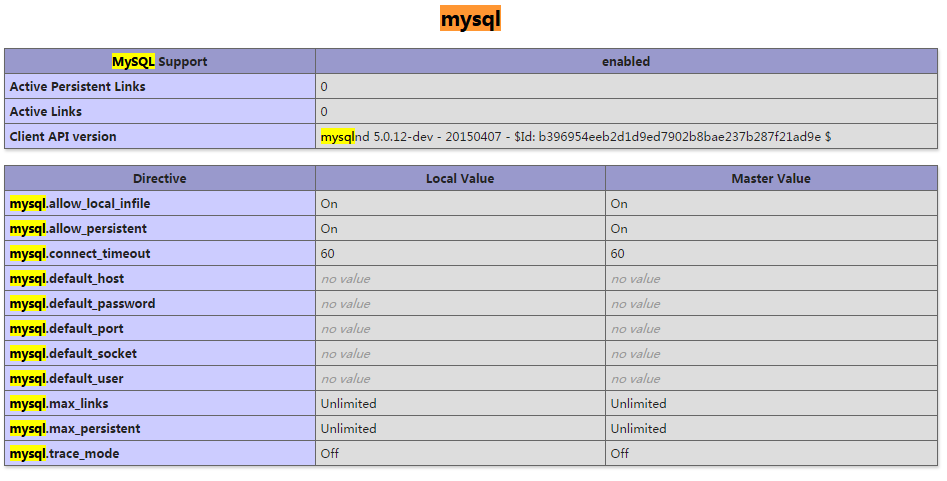 CentOS7下怎么部署php7.1和开启MySQL扩展May 28, 2023 pm 03:01 PM
CentOS7下怎么部署php7.1和开启MySQL扩展May 28, 2023 pm 03:01 PM简单安装(yum方式)安装软件源添加epel源[root@opstrip.comopt]#rpm--import/etc/pki/rpm-gpg/rpm-gpg-key*[root@opstrip.comopt]#rpm-uvhhttp://mirrors.rit.edu/fedora/epel//7/x86_64/e/epel-release-7-9.noarch.rpm添加remi源[root@opstrip.comopt]#rpm-uvhhttp://rpms.remirepo.net/e
 Centos7改系统时区方法有哪些Mar 03, 2023 am 10:47 AM
Centos7改系统时区方法有哪些Mar 03, 2023 am 10:47 AMCentos7修改系统时区的两种方法:1、使用timedatectl命令,可设定和修改时区信息,语法“timedatectl set-timezone 时区标识”;2、修改用户目录下的“.bash_profile”文件,在文件末尾追加“TZ='时区标识'; export TZ”即可。
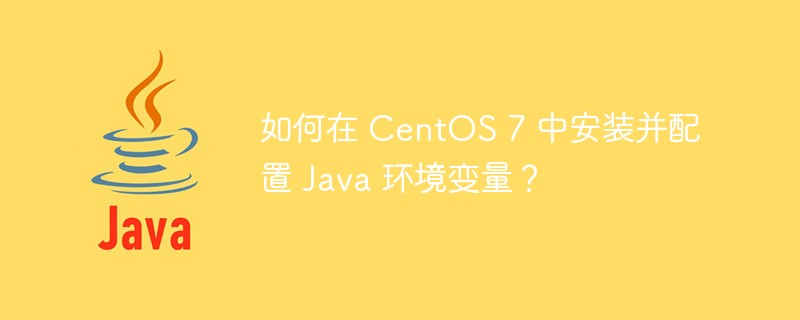 如何在 CentOS 7 中安装并配置 Java 环境变量?Apr 22, 2023 pm 04:28 PM
如何在 CentOS 7 中安装并配置 Java 环境变量?Apr 22, 2023 pm 04:28 PM安装环境:Centos764位Jdk1.864位Xshell免费版win10*64位一、先进来,你需要检查自己的openjdk是否卸载(或者判断是否存在,因为一般centos都会预装openjdk):在xshell或rpm-qa|grepjdk中输入rpm-qa|grepjavarpm-qa|grepjava第二,如果有一个对应的openjdk,并且显示了一个响应列表,那么就需要卸载它。在xshell中输入rpm-e-nodepstzdata-文件名(这个文件名是你查看的openjdk文件列表中
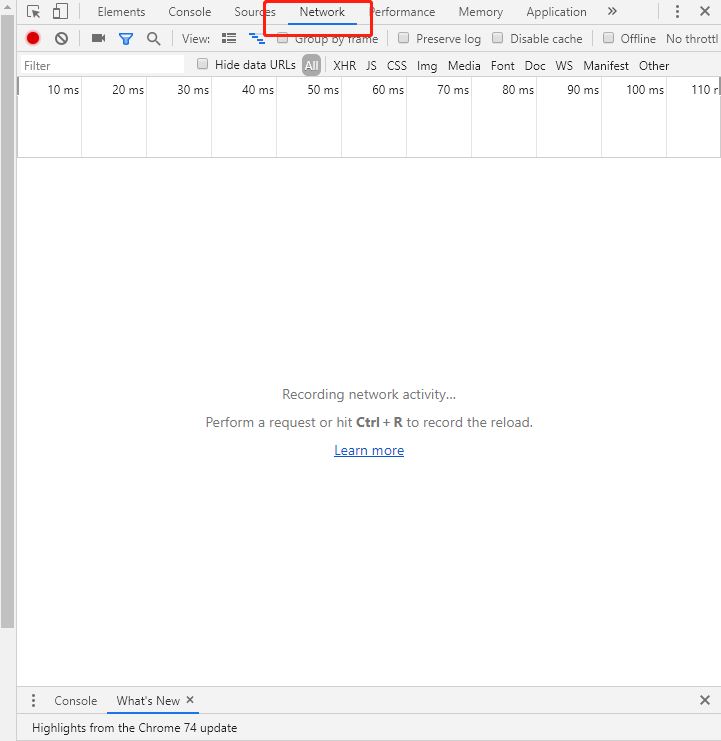 centos7使用rpm安装mysql5.7的方法May 27, 2023 am 08:05 AM
centos7使用rpm安装mysql5.7的方法May 27, 2023 am 08:05 AM1.下载4个rpm包mysql-community-client-5.7.26-1.el7.x86_64.rpmmysql-community-common-5.7.26-1.el7.x86_64.rpmmysql-community-libs-5.7.26-1.el7.x86_64.rpmmysql-community-server-5.7.26-1.el7.x86_64.rpm想要用迅雷进行下载得先找到对应的rpm下载路径首先浏览器打开mysql官网:在打开的界面,按键盘f12打开开发者工具


Hot AI Tools

Undresser.AI Undress
AI-powered app for creating realistic nude photos

AI Clothes Remover
Online AI tool for removing clothes from photos.

Undress AI Tool
Undress images for free

Clothoff.io
AI clothes remover

AI Hentai Generator
Generate AI Hentai for free.

Hot Article

Hot Tools

PhpStorm Mac version
The latest (2018.2.1) professional PHP integrated development tool

SublimeText3 Mac version
God-level code editing software (SublimeText3)

mPDF
mPDF is a PHP library that can generate PDF files from UTF-8 encoded HTML. The original author, Ian Back, wrote mPDF to output PDF files "on the fly" from his website and handle different languages. It is slower than original scripts like HTML2FPDF and produces larger files when using Unicode fonts, but supports CSS styles etc. and has a lot of enhancements. Supports almost all languages, including RTL (Arabic and Hebrew) and CJK (Chinese, Japanese and Korean). Supports nested block-level elements (such as P, DIV),

Notepad++7.3.1
Easy-to-use and free code editor

Safe Exam Browser
Safe Exam Browser is a secure browser environment for taking online exams securely. This software turns any computer into a secure workstation. It controls access to any utility and prevents students from using unauthorized resources.





